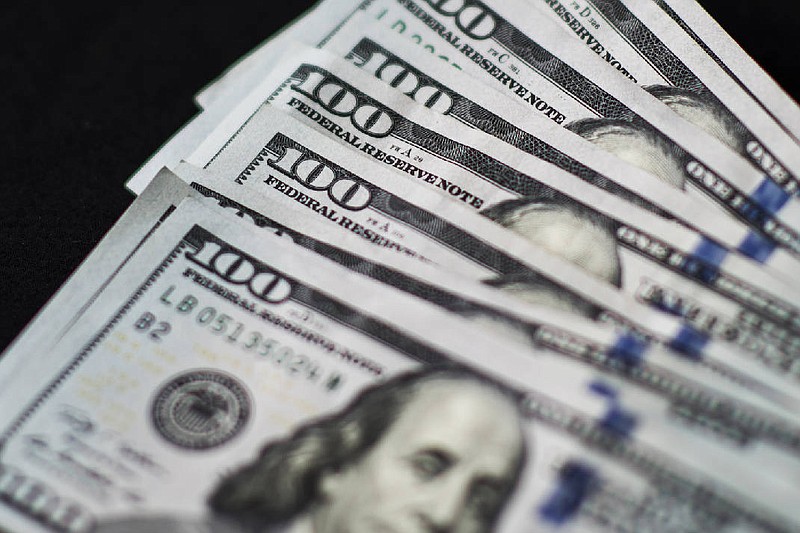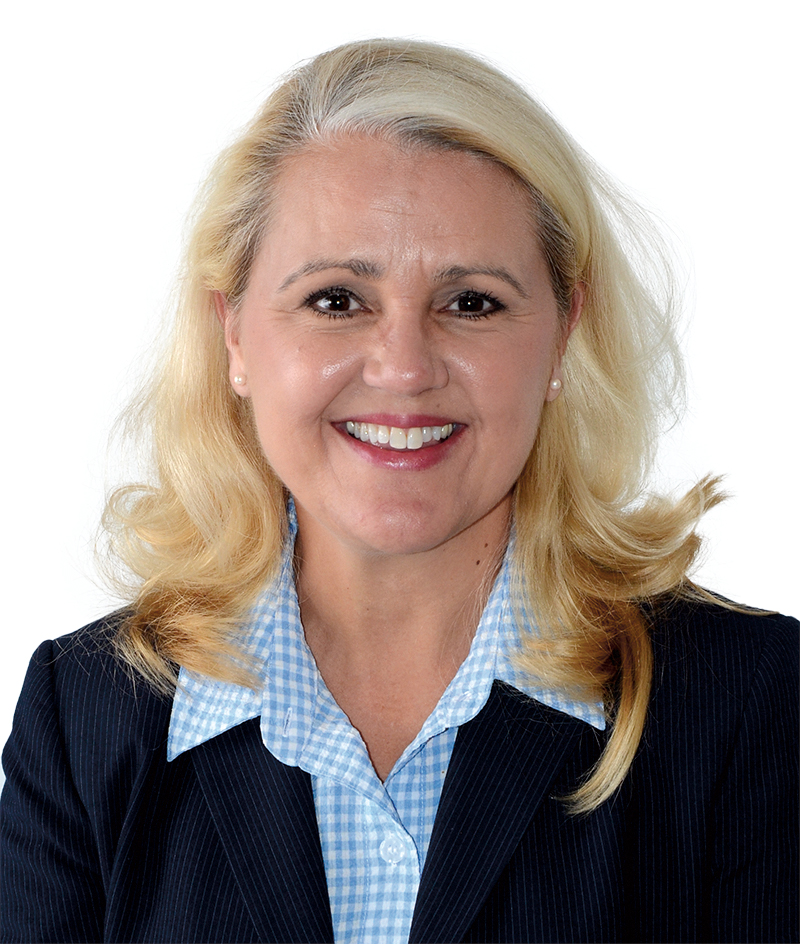America's got personal debt and cash flow problems.
In a March 6 Bloomberg TV segment, the CEO of Assurant - a specialty insurance company that offers protection agreements for items such as smartphones and other products - made a comment that revealed a real issue in America. Alan Colberg, speaking to the increased demand for smartphone insurance to deal with mishaps and damage to our ever-important hand-held devices, stated, "The reality is, half of Americans can't afford to write a $500 check."
Colberg, stressing the rising costs of some electronics, noted that it was becoming less expensive for smartphone users to purchase insurance coverage rather than risk the full price of replacing a $600 device if stolen or damaged. While the insurance company's leader is correct about having a safety net for an emergency, his remarks spurred a subsequent conversation.
Is it true that most Americans couldn't cover an unplanned $500 expense?
Cited in a January Bankrate survey of 1,000 respondents, 57 percent said that they would have insufficient funds to cover any hypothetical $500 emergency. However, good news! This is an improvement from the 63 percent who declared financial constraints in the 2016 Bankrate annual fiscal checkup.
Clearly, many people are living paycheck to paycheck. In September 2016, a supporting survey conducted by GoBankingRates.com documented that of 7,000 respondents in its sampling, 34 percent had a zero balance in any type of savings. Of those who did have a savings tool, 69 percent had less than $1,000 as their nest egg.
Why?
Many in the workforce have been forced to work part-time jobs. The availability of unskilled and cheap labor has kept wages artificially low in some sectors of the economy. But spending beyond one's means or going into debt is the true money pit. This debt will only grow in magnitude with the rising interest rates that have been held at essentially zero, 0.25 percent, until December 2015, by the Federal Reserve. Interest rates, or the cost of borrowing money, were raised to 1 percent last Wednesday.
So, for savers, there's a little better return. For those paying for loans, and especially credit card debt which will also reflect these increases, your debt load just got heavier.
The American Household Credit Card Debt Study of 2016 gives us an appreciation of just how bad Americans' personal debt truly is. Credit card debt averages $16,748 per household, totaling $779 billion in unpaid charges. Mortgages account for $176,222 of household debt, totaling $8.48 trillion, while auto loans totaled $28,948 per household last year for a national sum of $1.16 trillion. Student loans put the cherry on top of the debt cake with American households responsible for $49,905 - for an unpaid sum of $1.31 trillion.
Through the study sponsor's ciphering, the average American household owes $134,643 for a grand total of $12.58 trillion.
What's the answer? Common sense says, "Quit digging!" Bankrate.com says essentially the same by directing the public to "stop adding to any debt." Then, go on a spending diet by making significant reductions in spending for dining out, incidental costs like on-the-go refreshments - coffee, bottled water and items purchased for convenience or a higher price - or vices such as cigarettes. The key, according to numerous financial sites, is to take any savings and apply those funds directly to eliminate debt in a disciplined and consistent fashion.
President Thomas Jefferson said of debt, "Never spend money before you have it." To prevent a dire personal financial crisis, those wise words bear great results.
Robin Smith, former chairwoman of the Tennessee Republican Party, owns Rivers Edge Alliance.

